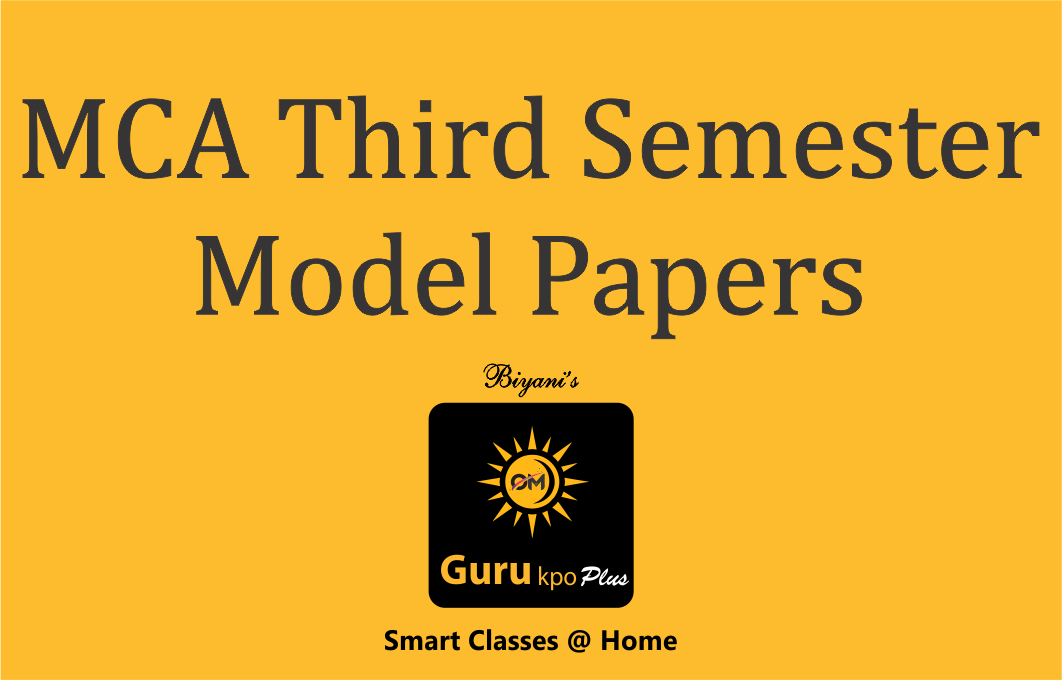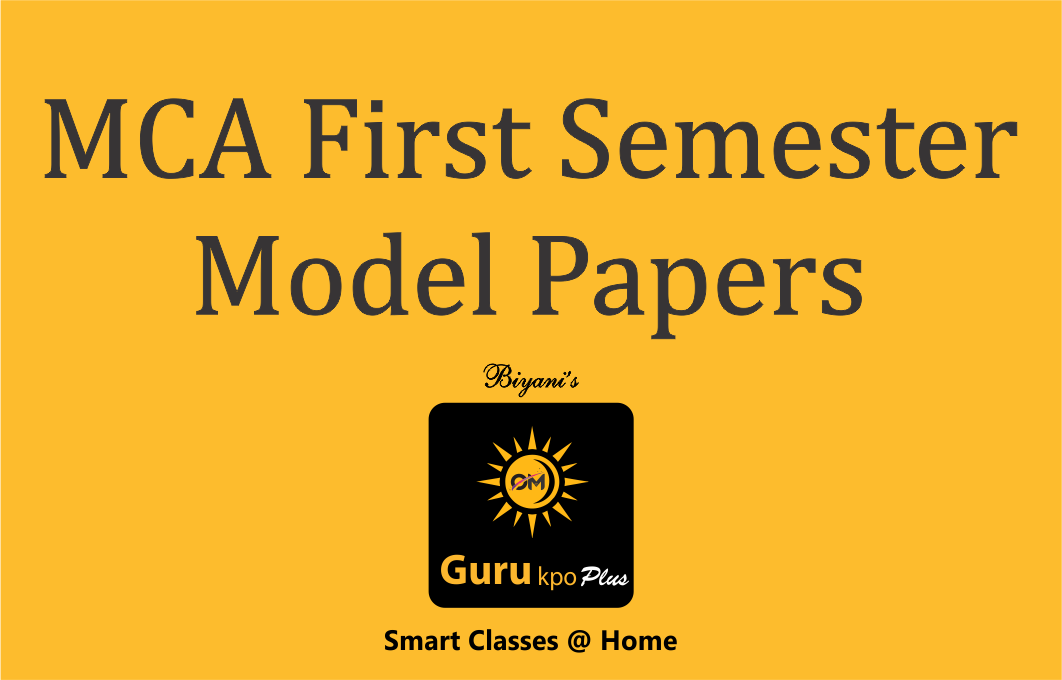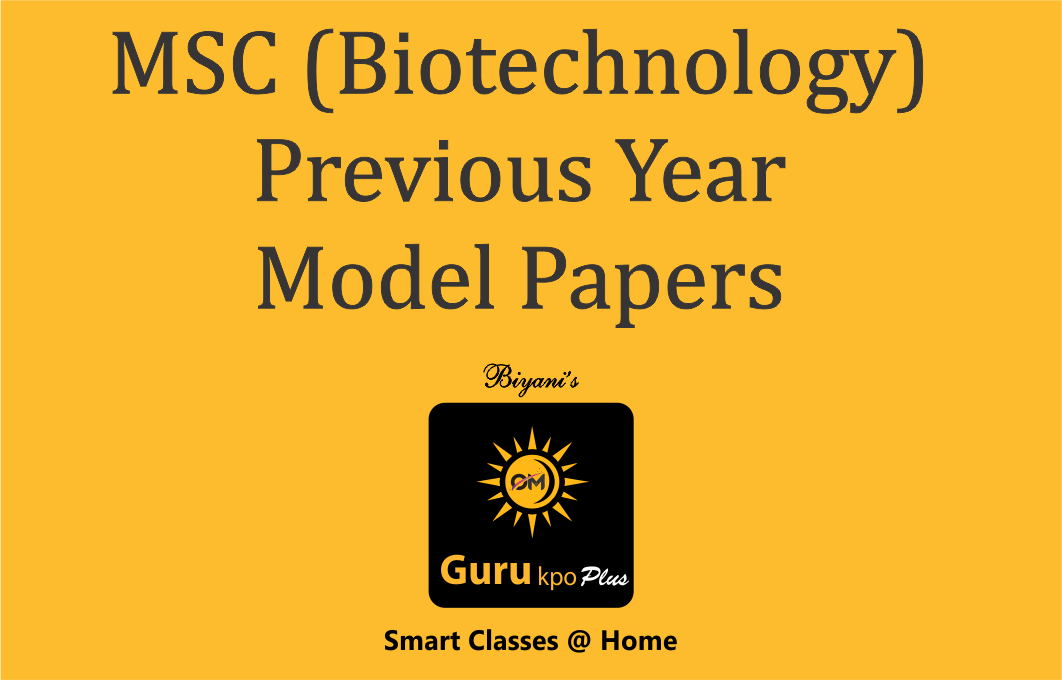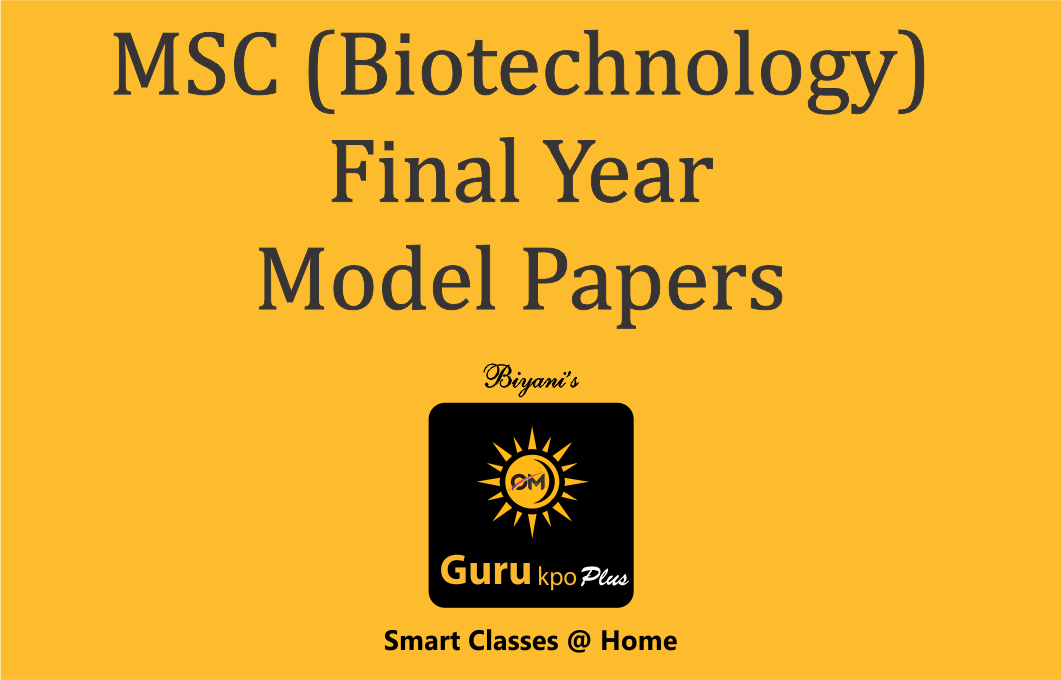Unit – I
Introduction to Systems Design Environment:
Systems Development Approaches-Function Oriented. Data Oriented, Object Oriented, Development Process, Methodologies, Tools, Modeling Methods, Processing Types and Systems, Batch Processing, Realtime Processing.
System Development Life Cycle, Linear or Waterfall Cycle, Linear cycle phase problem definition, system specification, system design, system development, testing, maintenance Problems with Linear Life Cycle, Iterative Cycles, Spiral model Requirements analysis, Importance of Communication, Identifying Requirements, Data and Fact Gathering Techniques, Feasibility Studies, Introduction to Prototyping, Rapid Prototyping Tools, Benefits of prototyping.
Unit – II
System Design: Interface design tools, user interface evaluations, Introduction to Process Modeling, Introduction to Data Modeling.
System Design Techniques, Document Flow Diagrams, Documents, Physical Movement of documents, Usefulness of Document Flow diagram, Data Flow Diagrams, DFD notation, Context diagram DFD leveing, Process descriptions structured English, Decision Trees and Decision Tables, Entity Relationship Diagrams, Entities, Attributes, Relationship, Degree, Optionality, Resolving many to many relationship, Exclusive relationship, Structure Charts, Modules, Parameter passing. Execution seqence, Structured Design, Conversion from Data Flow Diagrams to Structure Charts.
Unit – III
Testing fundamentals: Objectives, principles, testability, Test cases: White box & Black box testing strategies: verification & validation, unit test, integration testing, validation, testing, system testing, System Implmentation, Maintenance and documentation, Document Configturation Maintaining a Configuration.
Unit – IV
S/W Project planning Objectives, Decomposition techniques : S/W Sizing, Problem-based estimation, Process based estimation, Cost Estimation Models : COCOMO Model.
S/W Design : Objectives, Principles, Concepts, Design methodologies Data design, Architectural design, procedural design, Object oriented concepts.
Unit – V An overview of Management Information System: Definition & Characteristics, Components of MIS, Frame Work for Understanding MIS : Information requirements & Levels of Management, Simon’s Model of decision-Making, Structured Vs Un-structured decisions, Formal Vs. Informal systems
An overview of Management Information System: Definition & Characteristics, Components of MIS, Frame Work for Understanding MIS : Information requirements & Levels of







